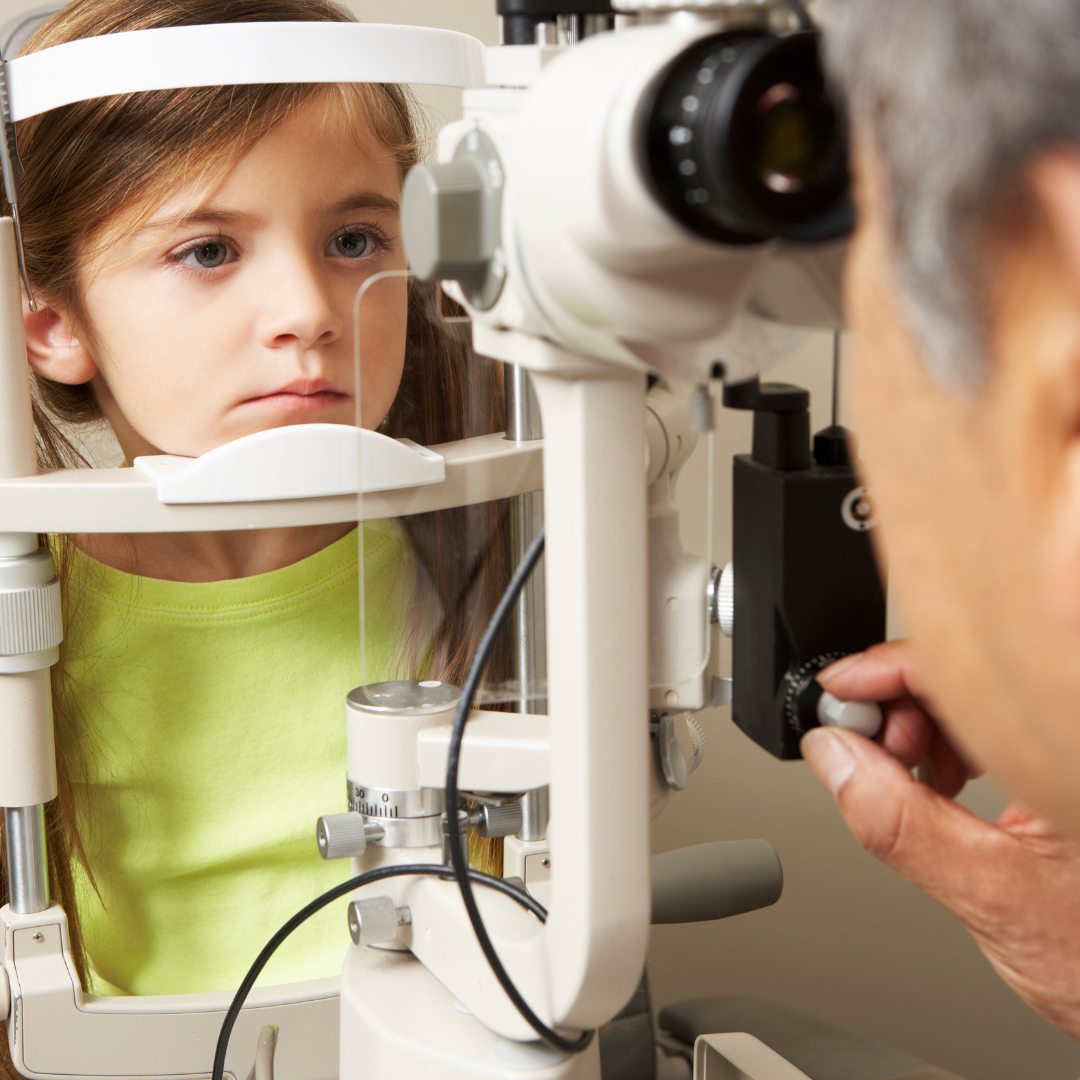All Things Anisometropia
No child is born with perfect vision, and while having a slight difference in each eye's optical strength is normal, when this imbalance becomes significant, it can have a long-term impact on your child's vision. Anisometropia can interfere with the development of healthy eyes, and if left untreated, it can lead to amblyopia. Learn more about what anisometropia is, its symptoms and treatment options below!
What is Anisometropia?
Anisometropia is an eye condition where there is an imbalance between each eye's optical power due to refractive errors. Because of this imbalance, the brain will rely on the image received by the stronger eye, and therefore, the weaker eye will not develop properly, leading to amblyopia. There are three types of anisometropia:
Simple anisometropia. When only one eye has a refractive error such as nearsightedness (myopia), farsightedness (hyperopia) or astigmatism. (eye shaped like a football).
Compound anisometropia. When both eyes have the same type of refractive error, however, one eye is stronger, causing the other to see a blurred image.
Mixed anisometropia. When both eyes have different refractive errors. For example, one eye is short-sighted and the other is long-sighted.
What are the signs of Anisometropia?
Your child may have anisometropia if you notice or they mention any of the following symptoms...
- Blurred vision in one eye
- Squinting to see
- Abnormal head tilt
- Excessive eye rubbing
- Holding objects too close or far away to see them clearly
- Closing one eye when reading or watching a device
- Eyestrain and headaches
- Nausea
- Light sensitivity
- Tiredness
- Dizziness
You can learn more about the signs your child may need an eye test here.
How is Anisometropia treated?
When anisometropia is caught early and is not severe, it can be easily managed through prescription glasses or contacts that correct the vision imbalance between the eyes by adjusting how light is focused on the retina. For example, a child with mixed anisometropia may be prescribed glasses with one lens that is stronger, preventing the weaker eye from worsening and causing amblyopia.
In cases where the anisometropia is severe, your child may require laser eye surgery, which corrects the imbalance by adjusting the shape of the cornea. If amblyopia has developed due to the anisometropia, you can help your little one's "curious" eye grow strong through occlusion therapy (wearing a patch).
What to do if you think your child has Anisometropia?
If you notice any of the signs or symptoms of anisometropia mentioned above, you should schedule a consultation with an optometrist who will perform visual acuity tests to assess your child's eyesight.
Remember, most children won't notice a difference between the vision of their eyes, as to them what they're seeing is normal. We recommend planning regular trips to the optometrist as your child grows to ensure you stay on top of any issues that arise with their vision.


